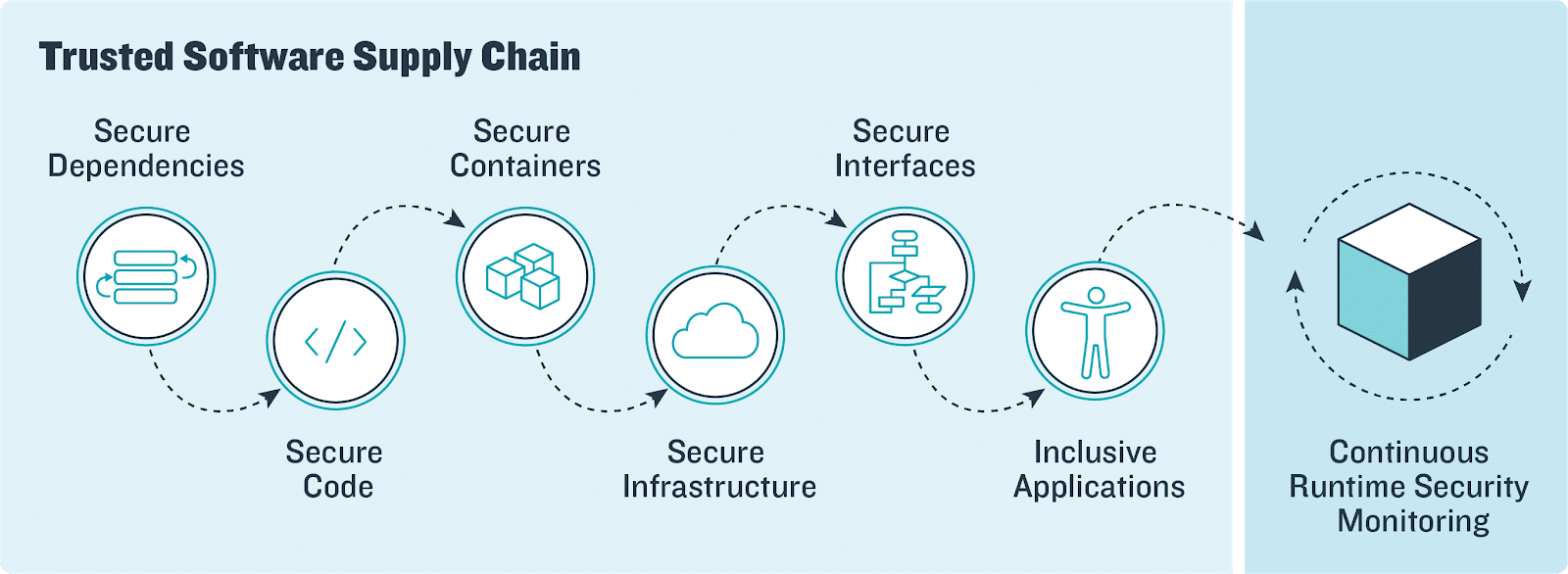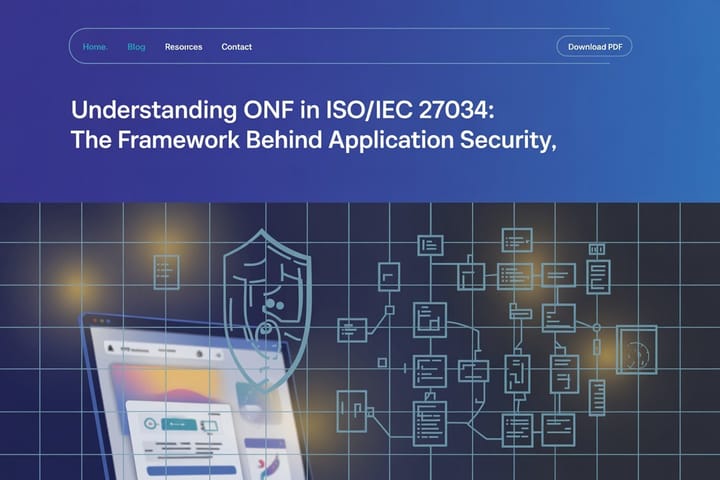Six Basic Tips for Automating Compliance Monitoring - Course Monster Blog

In virtually every field and industry, compliance is essential for achieving business success and organizational resilience. This is true regardless of whether they’re talking about large banks, pharmaceutical companies, heavy industries, or even the smallest online shops. Effective management and compliance monitoring mean adhering to various laws and regulations, such as GDPR, PCI-DSS, HIPAA, ISO/IEC 27001, SOC 2, etc.
To conduct regular operations, it’s typically necessary to have robust compliance monitoring in place. Failing to comply with applicable laws and regulations can come with a steep price tag, resulting in revenue losses that average more than $4 million. Additionally, managing and monitoring compliance can be both challenging and expensive. In fact, around 50% of organizations report that they devote between 6-10% of their revenue to compliance-related expenses.
Since compliance monitoring can be both resource-intensive and time-consuming, automating the monitoring process represents one potential solution. In this post, it will be exploring the following topics:
What is compliance monitoring?
Compliance involves conforming to laws, regulations, standards, policies, and procedures. Compliance monitoring is an ongoing process that aims to verify that an organization is fully compliant by consistently following all required policies and procedures. In essence, compliance monitoring is a way of ensuring that an organization meets both its internal and external regulatory obligations.
Numerous authorities and regulatory bodies around the world, including the US Department of Treasury, the UK’s Financial Conduct Authority, and the International Organization for Standardization (ISO), mandate compliance monitoring. When seeking approval from these entities, a detailed compliance monitoring plan is typically a requirement.
Typically, an organization’s compliance teams are responsible for conducting compliance monitoring as a component of the broader compliance management system.
What is compliance automation?
Compliance automation involves using technology tools and systems, such as dedicated software and artificial intelligence (AI), to automate compliance management processes like compliance monitoring. These tools and technologies enable organizations to automate time-consuming manual processes such as monitoring, auditing, reporting, testing, control analyses, and corrective action planning.
It’s essential to keep in mind that compliance is not optional. For instance, it’s impossible to handle credit or debit card transactions unless the organization complies with the Payment Card Industry Data Security Standard (PCI DSS).
7 Reasons to Automate Compliance
Below are seven key reasons why an organization may choose to automate all of its compliance processes:
- Improved efficiency and reduced costs – Automated systems and processes are significantly less labor-intensive and thus more cost-efficient than their manual counterparts.
- Decreased compliance risk – The greater the degree of automation, the fewer mistakes are likely to occur, which in turn lowers the risk of non-compliance penalties such as fines.
- Enhance compliance monitoring – With automated compliance processes, up-to-date compliance data including reports, audits, and status can be readily accessed and reviewed continuously. This enhances the efficiency and effectiveness of compliance monitoring.
- Allow compliance teams to focus on the big picture. Through the elimination of repetitive tasks, automation can free up compliance teams to concentrate on more critical matters, which can further enhance the effectiveness of compliance monitoring.
- Augmented visibility and transparency – Improved and effective compliance monitoring enables you to obtain a comprehensive overview of your entire ecosystem, from internal servers to supply chain partners.
- Better risk management – Since all pertinent and current data is continuously available, risk management choices can be made based on real-time data.
- Greater collaboration and uniformity – Employing automated tools that provide a real-time perspective of compliance status enables all stakeholders to collaborate more effectively and ensures consistency in compliance management throughout the organization.
6 overlooked tips to automate compliance monitoring
1. Consider the use case first
If you’re planning to automate your compliance monitoring, the initial step is to assess the specific use cases that apply to your organization. This will provide a solid foundation for comprehending what’s required to devise your strategy, choose the optimal and most appropriate compliance monitoring solution, and integrate it into your organization.
Some typical use cases include:
- Monitoring for important vulnerabilities and comprehending the consequences for the company.
- Identifying and correcting misconfigurations before they become business risks.
- Ensuring that your compliance program complements the services you provide for business.
- Monitor the onboarding risk and the needs of HR policies.
- Ensuring that privacy standards for customers are met.
2. Shortlist compliance monitoring tools on the market
By automating compliance monitoring, conventional compliance management tools like spreadsheets, email communications, file storage systems, etc., can be substituted with robust, comprehensive, automated tools.
Different compliance management software solutions are available that can automatically and continually collect all pertinent information from various systems, examine it, and present it in a centralized manner. This enables you to perform efficient compliance monitoring effortlessly and continuously.
Could you provide the list of items that should be kept in mind when making the shortlist of the best compliance monitoring tools?
- The most effective compliance solutions come with built-in compatibility features that are relevant to specific standards, including:
- The Health Insurance Portability and Accountability Act (HIPAA)
- The Federal Information Security Management Act (FISMA)
- The Payment Card Industry Data Security Standard (PCI-DSS)
- The EU’s General Data Protection Regulation (GDPR)
- ISO/IEC 27001, and more.
- Ensure that the tools you consider for adoption are compatible with the most relevant standards for your organization.
- Considers and examine all needed features, such as:
- Connection to other tools.
- Communication, sharing, and collaboration.
- Task management.
- Data analysis.
- Progress reports.
- Risk analysis.
- Ensure that the solution is comprehensive and covers multiple aspects, including data gathering, compliance monitoring, reporting, auditing, compliance training, and other relevant areas.
- Ensure that the compliance solution you consider is comprehensive and covers multiple aspects, including data collection, compliance monitoring, reporting, auditing, and compliance training.
- Could you please rephrase your last request? It seems to be the same as the previous one.
3. Communicate the new processes and procedures to staff while emphasizing the benefits of automation and training.
Implementing new processes, tools, and procedures often involves challenges, particularly in training employees on their execution. This can be daunting, as the effort required to learn and adopt new information can be significant. Compliance monitoring is no exception and comes with its unique challenges, as many employees view it as an obstacle to completing their tasks quickly and effectively.
Effective communication is crucial when introducing and implementing new processes, tools, and procedures to employees, particularly when it comes to compliance monitoring. Many employees may see compliance monitoring as an obstacle to performing their tasks quickly and effectively. Therefore, it’s essential to focus on communicating the transfer effectively. Remind employees of the benefits of automating compliance monitoring, such as the removal of tedious manual tasks, making their work more manageable.
Demonstrate how an automated compliance training platform can facilitate the implementation process, emphasizing that such a tool can improve compliance management and lead to increased efficiency. Emphasize the benefits of using this training tool and how it can help employees become more proficient, ultimately reducing unnecessary efforts.
Effective communication can help engage and motivate employees toward the compliance automation process, leading to improvements in their work and overall compliance.
4. Integrate the compliance monitoring tool with other systems
Effective integration of the compliance monitoring tool with all other systems is critical, both for compliance and the organization’s workflow. Properly gathering all relevant data is vital for compliance management and monitoring, and this cannot be achieved if the compliance monitoring tool is not fully integrated with other tools and systems. In addition, good integration ensures that any modifications that may result in non-compliance are immediately flagged.
Efficient integration with common working tools, like Jira, Slack, and Microsoft Teams, enhances compliance monitoring and facilitates faster and smoother implementation and adoption. This integration empowers compliance teams to manage tasks more effectively while allowing everyone else to keep using the tools they are familiar with.
5. Ensure you are monitoring your supply chain

Automating compliance monitoring for your entire supply chain is a great opportunity to address one of the most overlooked aspects of compliance monitoring, particularly for larger organizations – the monitoring of supply chains.
Given that automation makes the compliance monitoring process easier, faster, and less labor-intensive, it is essential to ensure that it includes all suppliers in the chain.
6. Utilize training tools to keep staff up to date with compliance
The human factor is often overlooked as managers focus on the technical aspects of purchasing, implementing, and integrating the most advanced technological tools. However, it’s important to remember that any system is only as good and effective as the people using it.
Similar to any system, the effectiveness of compliance monitoring depends on the people who use it. Many managers concentrate on the technical aspects of acquiring, implementing, and integrating advanced technological tools and may overlook the human factor. Therefore, it’s crucial to make use of advanced training tools such as an automated, smart security awareness training platform to improve your organization’s cybersecurity and compliance and keep your staff up-to-date with all the compliance requirements.
Here at CourseMonster, we know how hard it may be to find the right time and funds for training. We provide effective training programs that enable you to select the training option that best meets the demands of your company.
For more information, please get in touch with one of our course advisers today or contact us at training@coursemonster.com




Comments ()